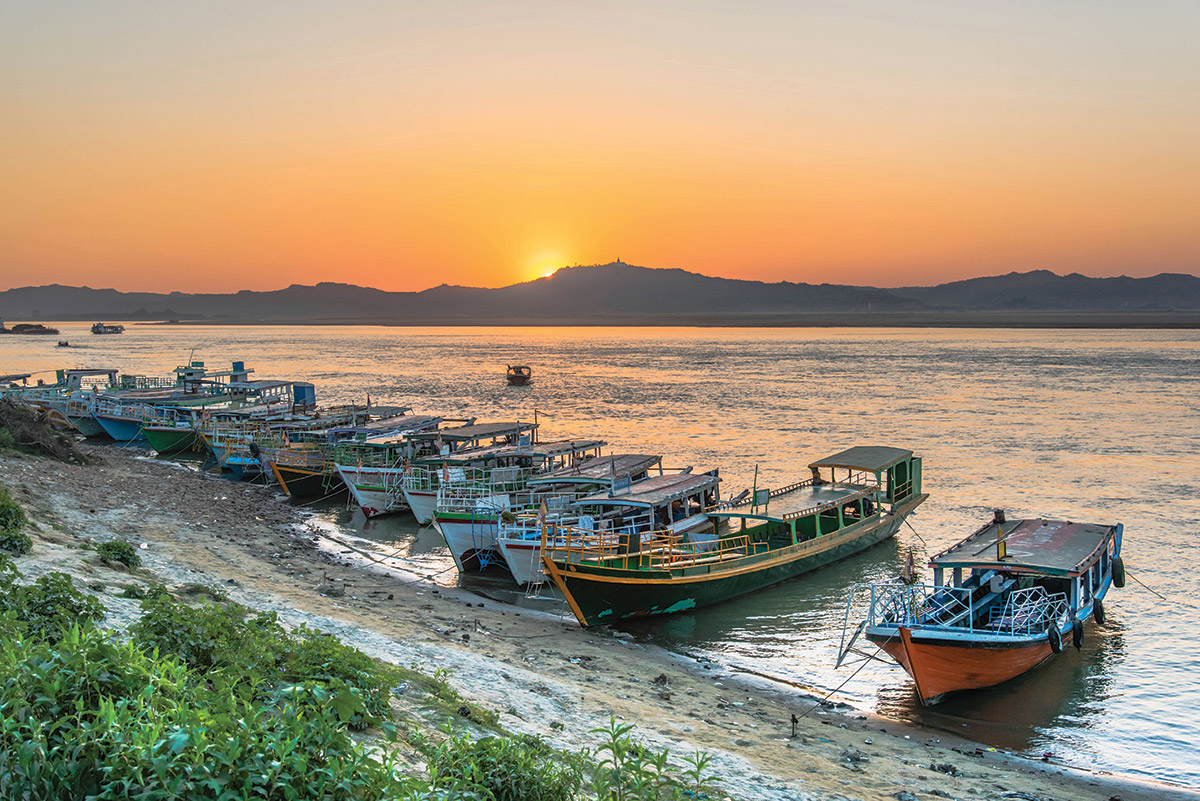Free-flowing rivers, with their promise of cost-competitiveness and low-carbon power, often top the list for development. The International Energy Agency projects that the world will nearly double its hydropower capacity by 2040, which will require the construction of as many new hydropower dams in the next 25 years as were built in the previous century. But hydropower also poses great challenges for many countries; while it is often a cornerstone of plans to generate economic growth and reduce poverty, hydropower can have significant social and environmental impacts.
This is where Myanmar finds itself. Hydropower could be a primary source in addressing the country’s energy deficit - in a country where only one-third of people have access to electricity, expanding infrastructure is imperative. However, existing hydropower developments will likely lead to continued negative impacts and conflict. With that trajectory, hydropower is unlikely to deliver broadly shared benefits, or even fulfill its energy potential.
Myanmar’s new government provides a great opportunity for the country to avoid that path. Strategic planning, beginning now, could allow the country to select which hydropower investments will work together to deliver the most benefits. Recent moves have opened a door for this approach- the Ministry of Electricity and Energy has announced that it will reassess hydropower projects in light of questions about social and environmental impacts. This re-evaluation could help the country secure low-carbon energy while protecting one of its most valuable resources – its rivers.
Myanmar’s Rivers
Myanmar’s rivers are crucial for navigation and food production. In fact, its freshwater fisheries produce more than 1.3 million tons of fish per year and employ approximately 1.5 million people.
A recent report authored by The Nature Conservancy, WWF and the University of Manchester, reveals a framework that could be applied in Myanmar and replicated worldwide to help change the trajectory of hydropower development. This framework, known as system-scale planning, compares alternative development options upfront and identifies those that can most effectively balance energy development with the enhancement or maintenance of other economic, social and environmental resources.
The report evaluates development options on Myanmar’s Myitnge River, a tributary of the Irrawaddy River, with two existing hydropower dams. The results clearly show that a system-scale approach can identify multiple development options that meet energy objectives while minimizing negative impacts or bolstering other sectors, such as navigation. For example, building additional dams in the Myitnge sub-basin would increase river fragmentation and could potentially diminish fish production. However, the research also finds several combinations of dams and operating rules that would produce almost the same amount of energy, but with potentially much lower impacts on fish productivity. Similarly, the results show that even though most combinations of investments produced clear tradeoffs, a few options produce high performance for multiple sectors (e.g., energy, fish, and navigation) at a relatively low cost. These options only become apparent through system-scale planning.
Smart Planning Reduces Risk
Hydropower dams are major investments. Yet, dams are generally proposed and built one at a time, with little or no understanding of how continued development will impact other resources or how the resulting set of projects will work together to deliver economic benefits. Dams can produce significant rewards, but they also run great risks, including social conflicts due to the displacement of communities and lost fisheries and other environmental impacts. These environmental and social risks translate into financial risks for investors and developers in the form of delays, cost over-runs and cancellations. One high-profile example was the Mysitsone project, a 6 gigawatt (GW) dam planned for the Irrawaddy River, which was suspended due to social conflicts although the developer, the China Power Investment Corporation, had already invested hundreds of millions of dollars.
Alternatively, system-scale planning allows for the comparison of many factors—including energy but also other values such as fisheries and navigation. It also allows stakeholders and decision-makers to visualize trade-offs and understand the full set of rewards and risks associated with investment decisions over time – something that is not possible when only considering a sequence of single projects.
Additionally, system-scale planning is conducive to a transparent and informed approach. Projects that emerge from this process are much more likely to be in the greater public interest and to receive a “social license to operate.” For Myanmar, this type of decision-making could be well received by its diverse stakeholders, including by private sector investors.
Myanmar’s new government has many decisions to make about energy and development, including hydropower. By adopting system-scale planning and engaging a diverse set of stakeholders, Myanmar has the opportunity to be a global leader in sustainable energy development and river management that delivers broadly shared benefits.
The views and opinions expressed in this article are those of the authors and do not necessarily reflect the views of The Economist Intelligence Unit Limited (EIU) or any other member of The Economist Group. The Economist Group (including the EIU) cannot accept any responsibility or liability for reliance by any person on this article or any of the information, opinions or conclusions set out in the article.




